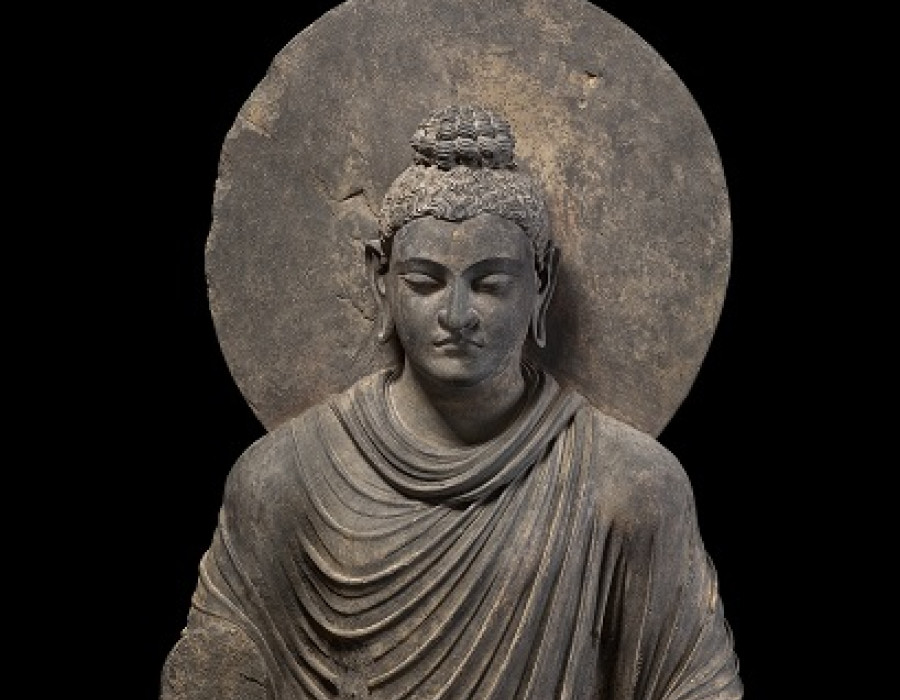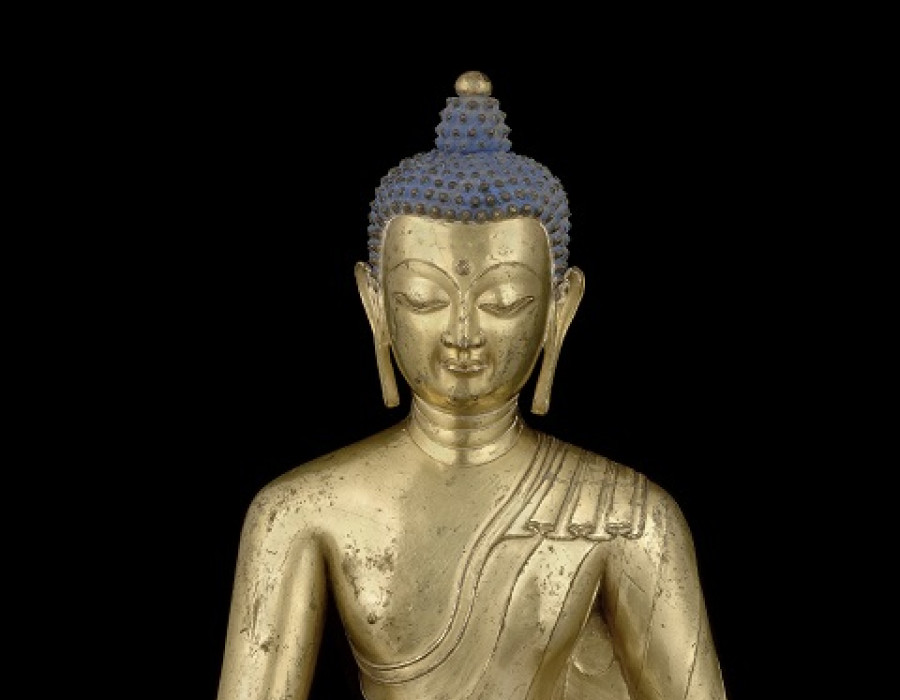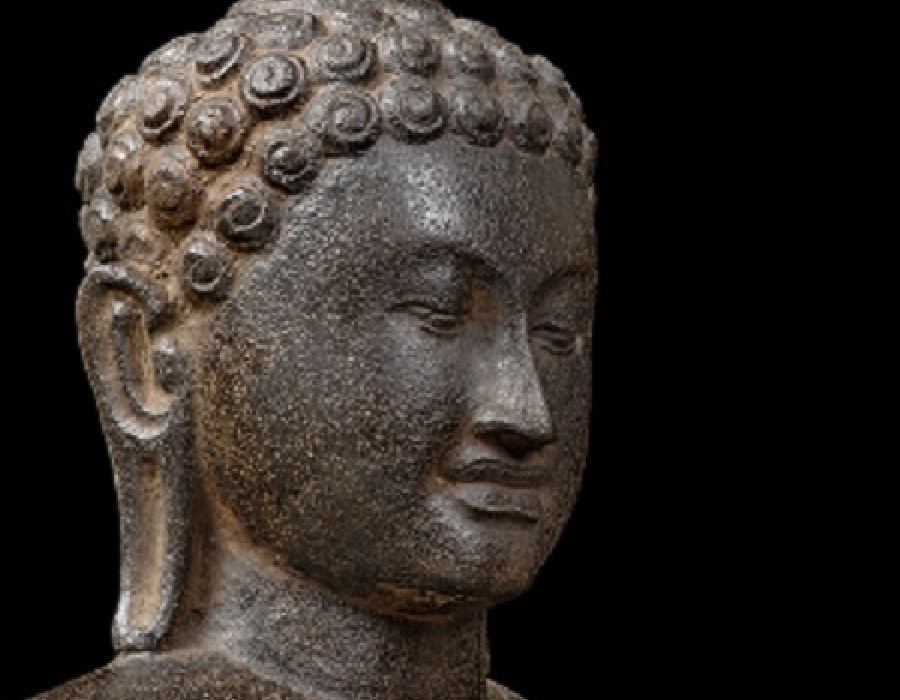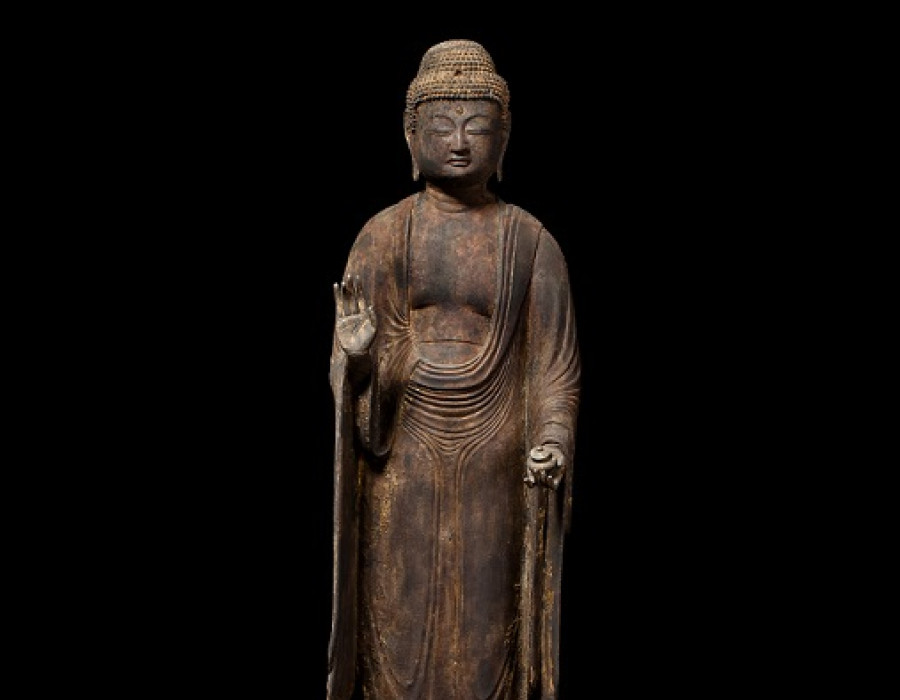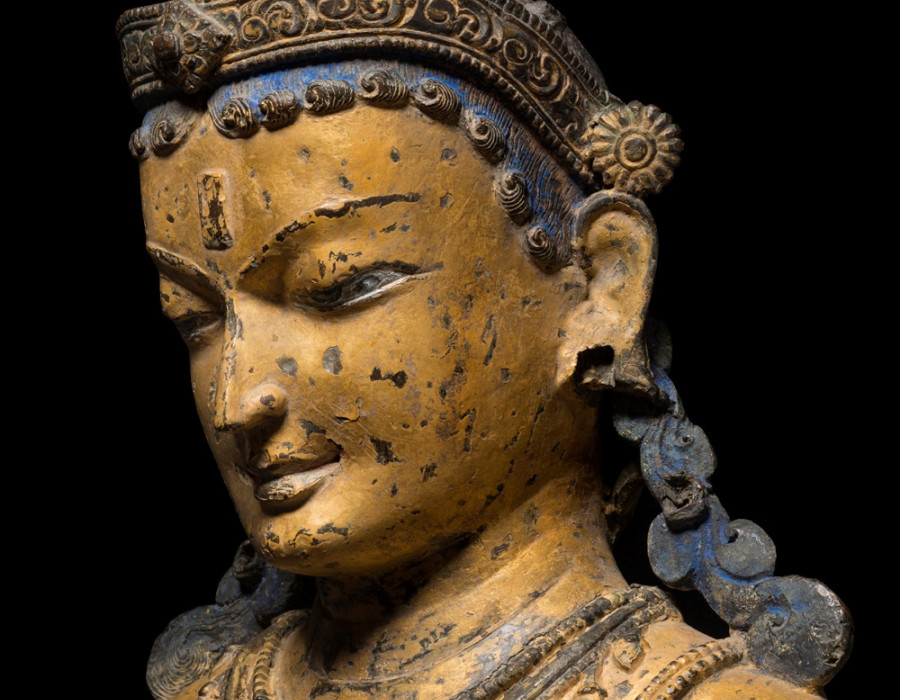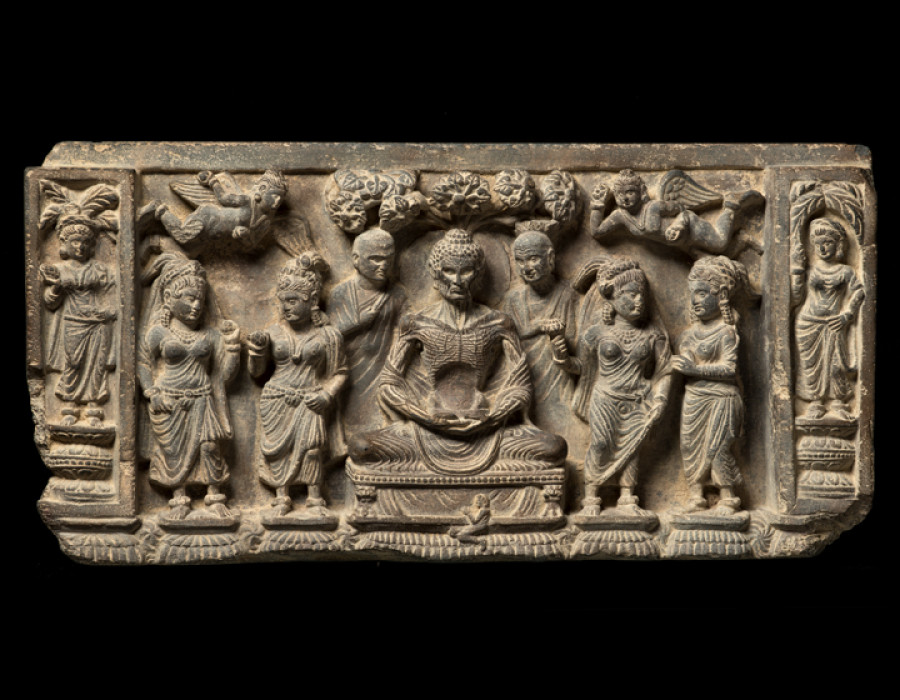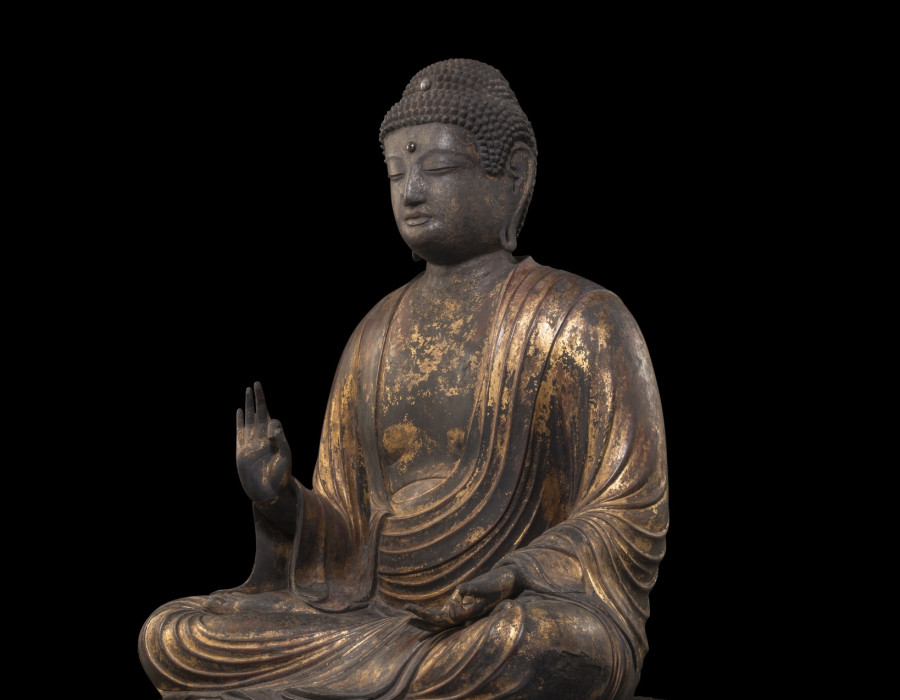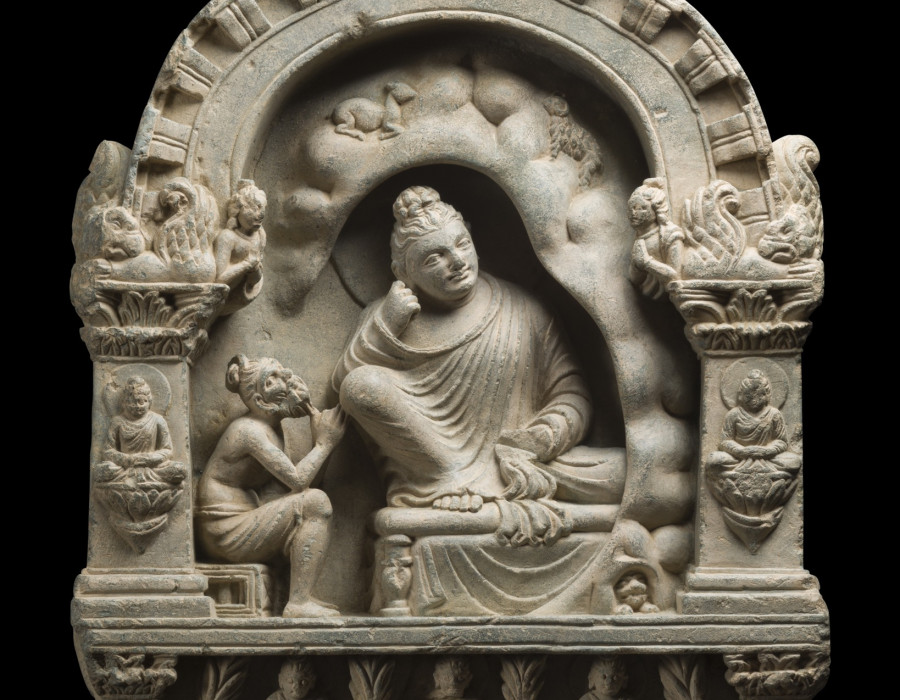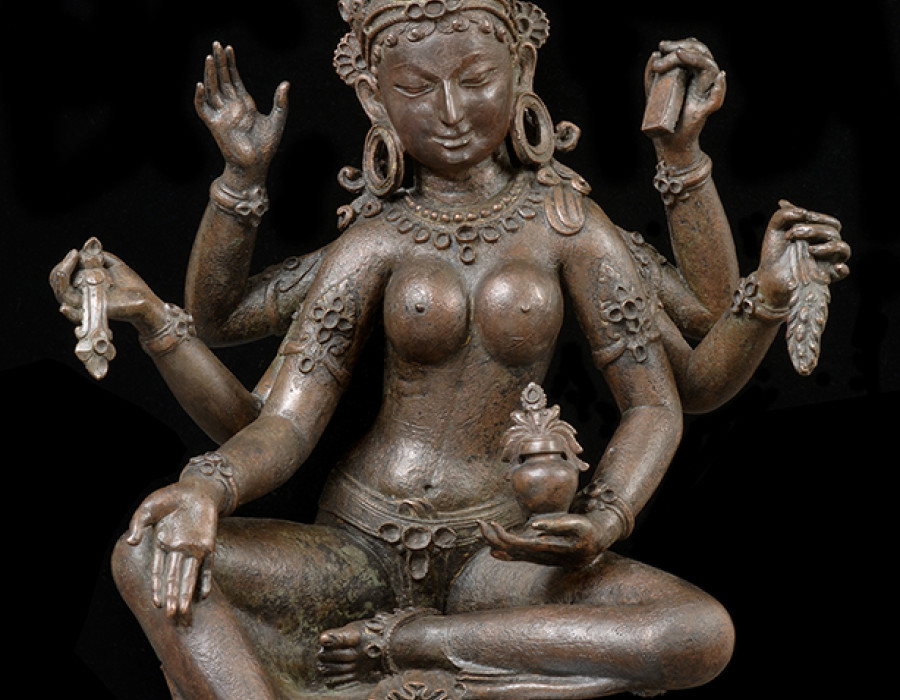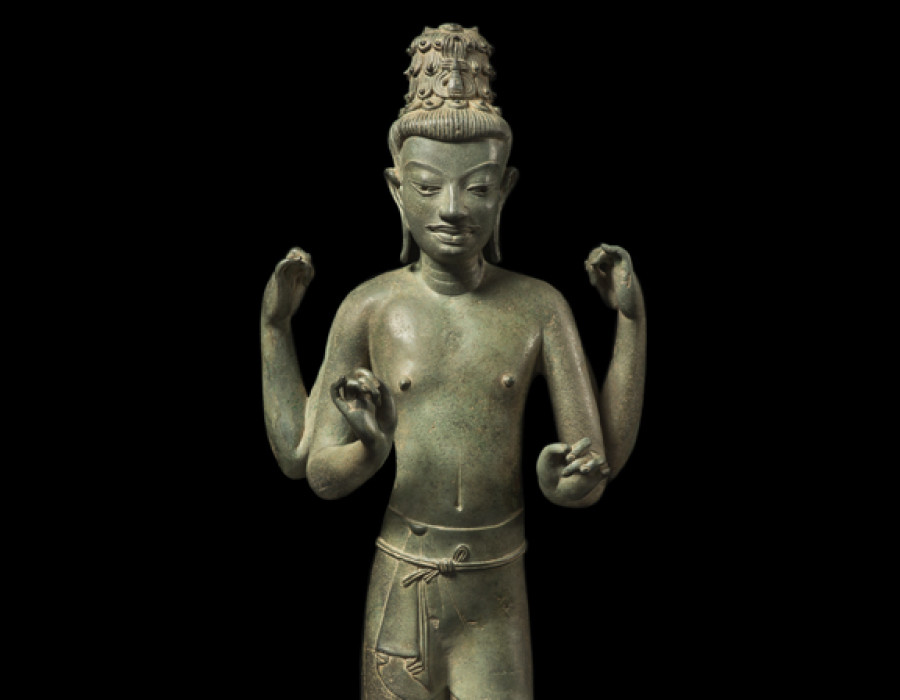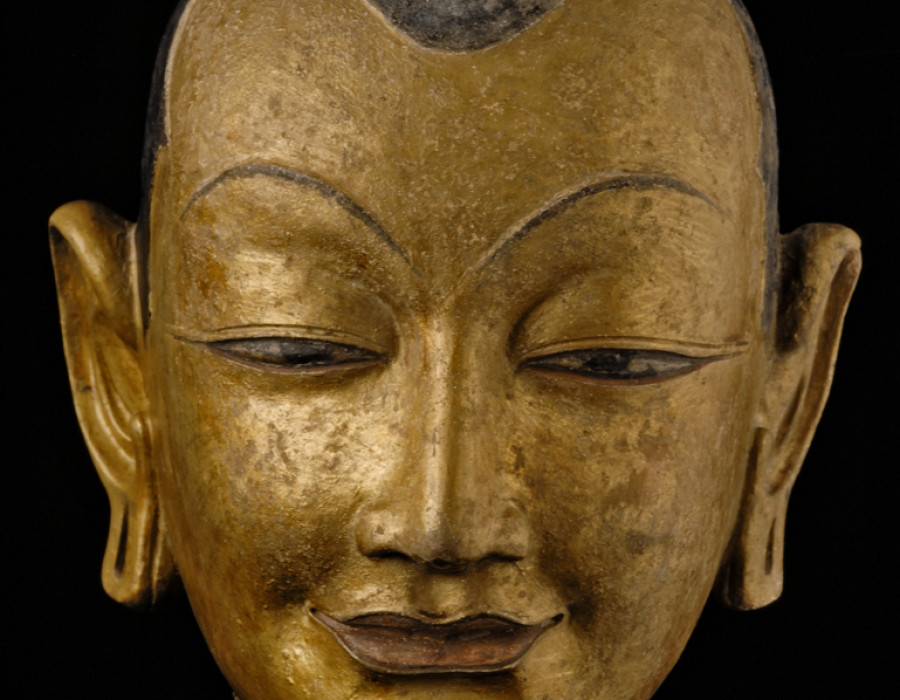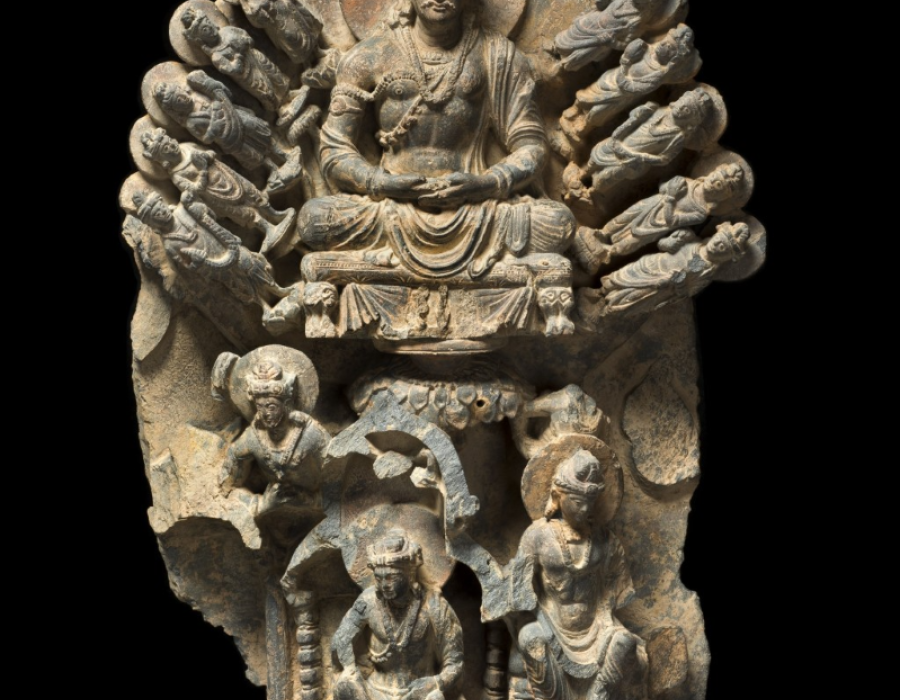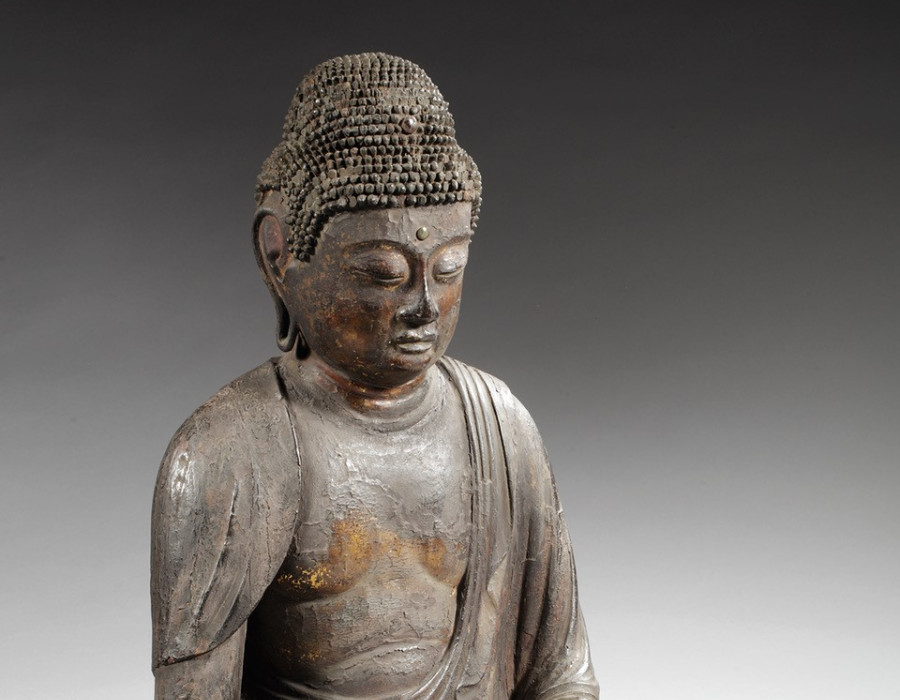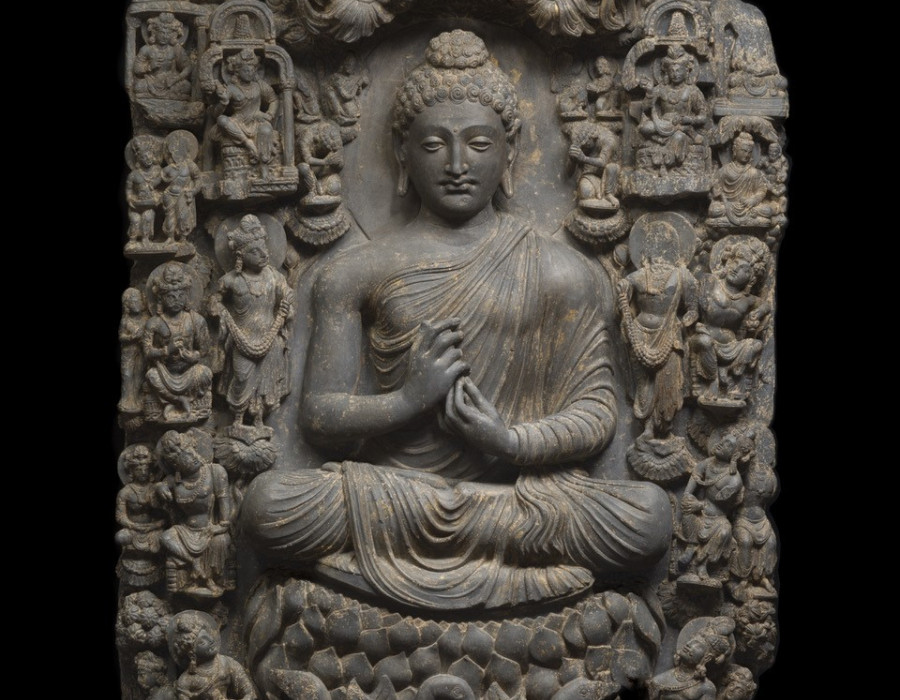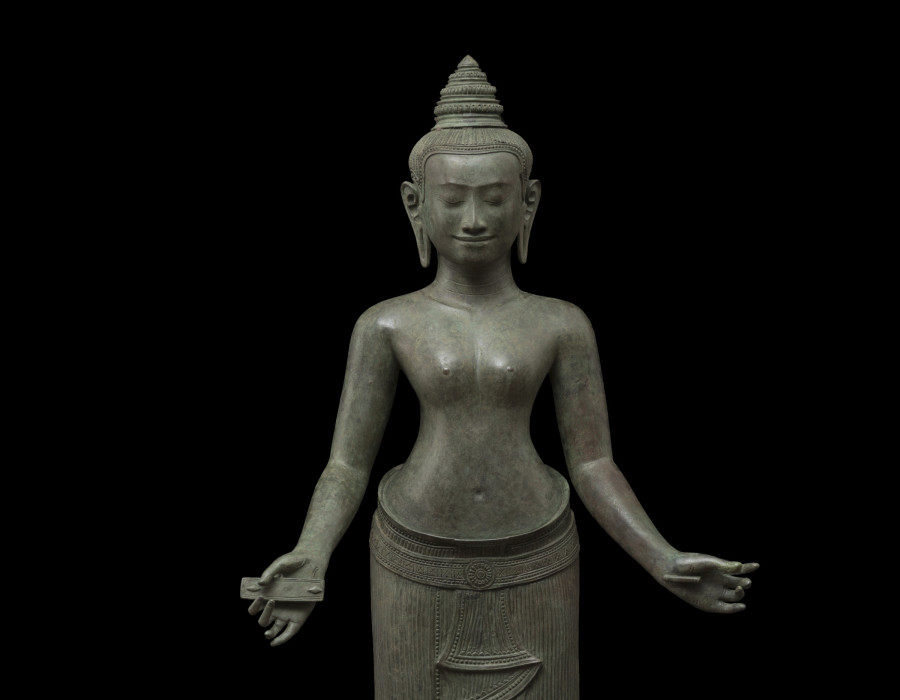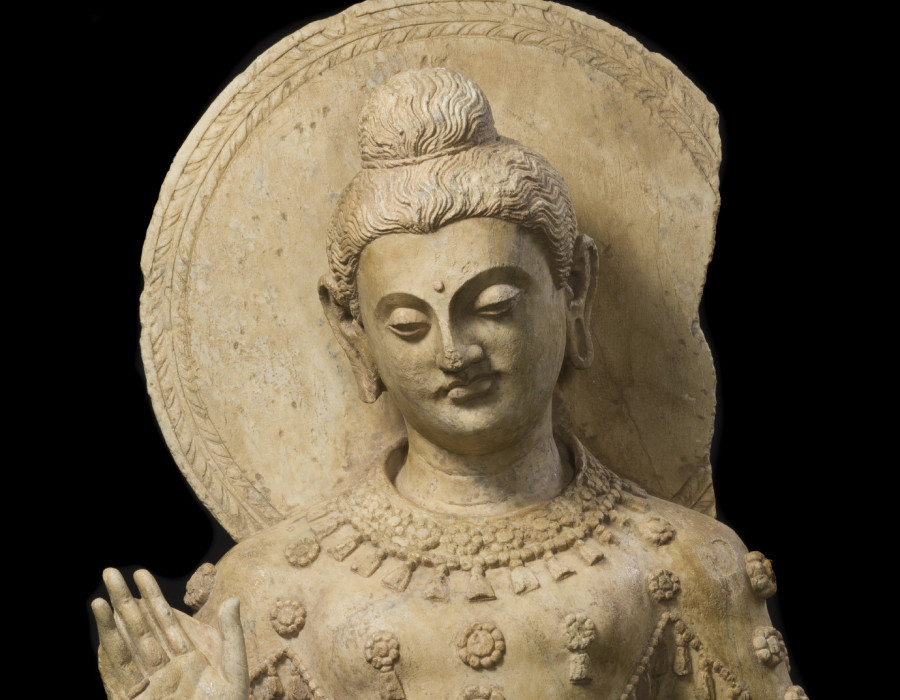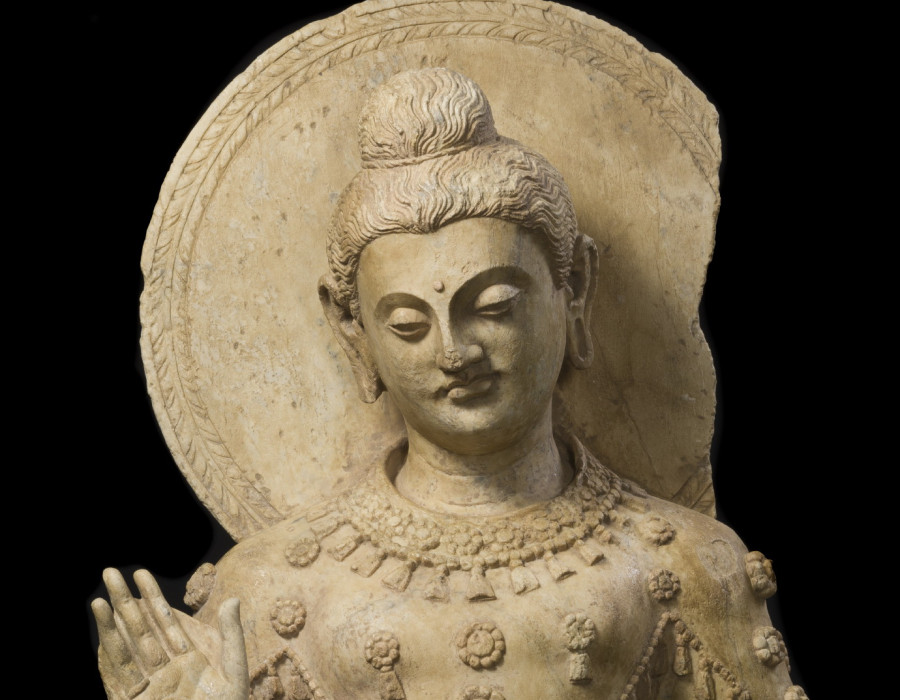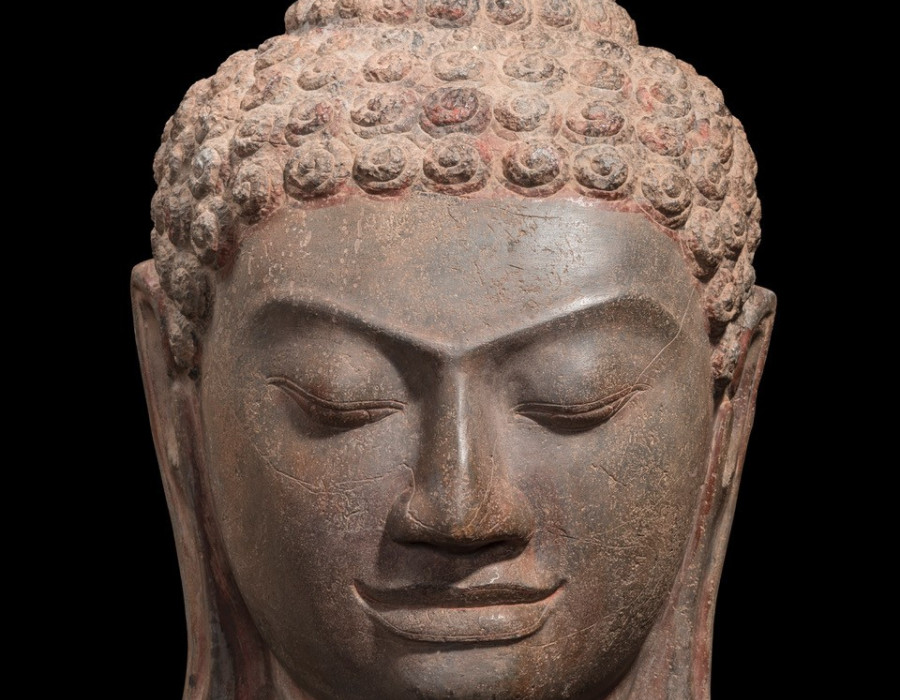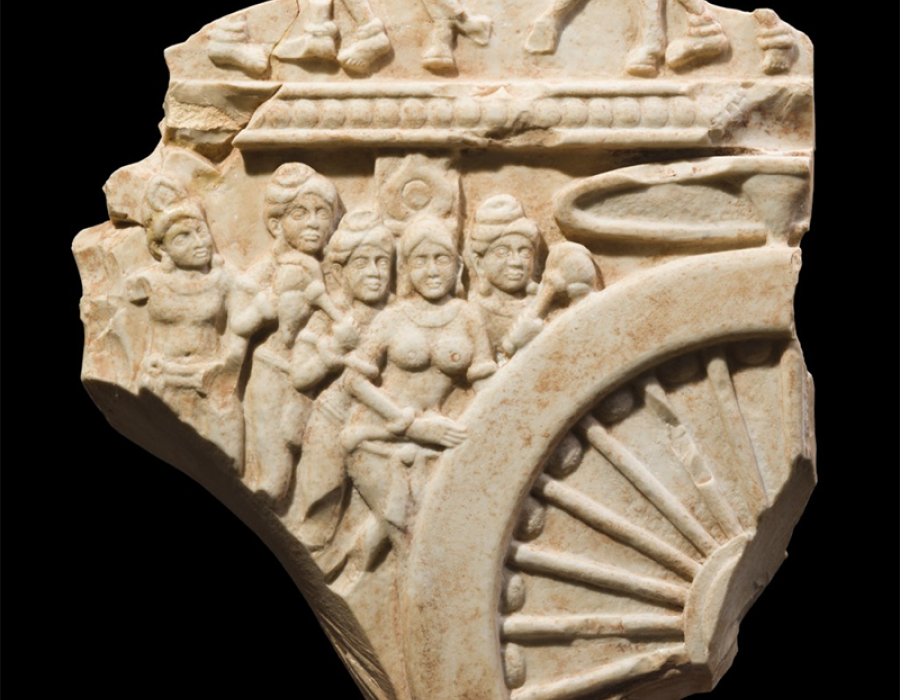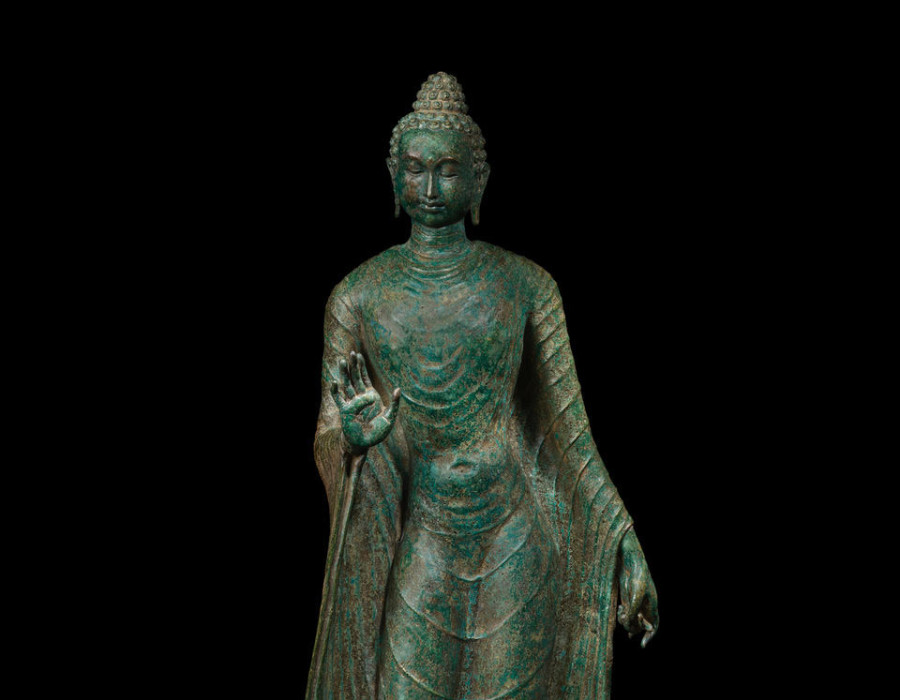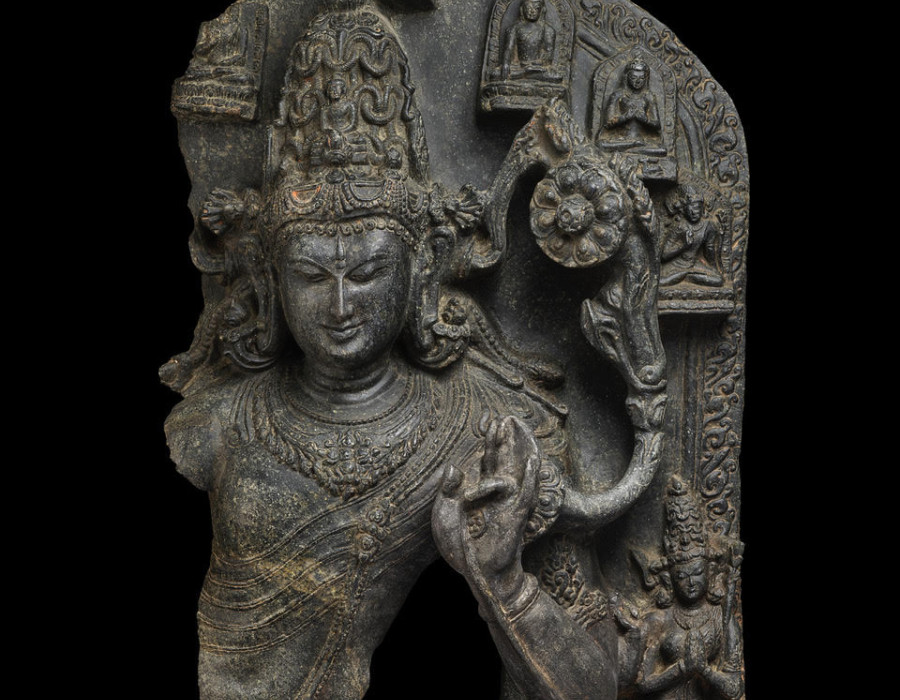
Martin Goodson
Images of Truth: Buddha Head
Images of Truth
The surviving fragment of a statue of the Buddha reveals a serene face, apparently in a state of deep introspection.
Thai Buddha head 13th Century
John Eskenazi
The surviving fragment of a statue of the Buddha reveals a serene face, apparently in a state of deep introspection. The detail of the hair and the flat band separating it from the forehead indicated the sculpture’s origin in early 13th century Thailand, during what has come to be known as the early Ayutthaya period. Emanating from a region that was under Cambodian rule in the 12th century, the form replicated one that was associated with Angkor, but in the hands of Ayutthaya sculptors, the features became more gentle and deeply spiritual, reflecting the intensity of Ariya Buddhism that flourished in the region.
MINDFULNESS DISCOURSE ON MEDITATION ON THE BODY
(Tr. by Bhikkhu Sujato)
And how, monastics, does a monastic meditate by observing an aspect of the body? Here, a monastic has gone to a wilderness, or to the root of a tree, or to an empty building. They sit down in the meditation posture, with their body erect, and focus their mindfulness right there. Mindful, they breath in; mindful, they breath out.
Breathing in deep they clearly know ‘I am breathing in deep’; breathing out deep they clearly know ‘I am breathing out deep’.
Breathing in shallow they clearly know ‘I am breathing in shallow’; breathing out shallow they clearly know ‘I am breathing out shallow’.
They practice like this: ‘I will breathe in experiencing the whole breath’; they practice like this: ‘I will breathe out experiencing the whole breath’.
They practice like this: ‘I will breathe in stilling the breath-energies’; they practice like this: ‘I will breathe out stilling the breath-energies’.
It is like a skilled carpenter or carpenter’s apprentice: when making a deep cut they would clearly know ‘I am making a deep cut’, and when making a shallow cut they would clearly know ‘I am making a shallow cut’.
In the same way, when a monastic is breathing in deep they clearly know ‘I am breathing in deep’; breathing out deep they clearly know ‘I am breathing out deep’.
Breathing in shallow they clearly know ‘I am breathing in shallow’; breathing out shallow they clearly know ‘I am breathing out shallow’.
They practice like this: ‘I will breathe in experiencing the whole breath’; they practice like this: ‘I will breathe out experiencing the whole breath’.
They practice like this: ‘I will breathe in stilling the breath-energies’; they practice like this: ‘I will breathe out stilling the breath-energies’.
In this way they meditate by observing an aspect of the body inside; they meditate by observing an aspect of the body outside; they meditate by observing an aspect of the body inside and outside.
They meditate by observing the reasons for the origination of the body; they meditate by observing the reasons for the dissolution of the body; they meditate by observing the reasons for the origination and dissolution of the body.
Or mindfulness is established that ‘There is a body’, to the extent necessary for knowledge and mindfulness. They meditate independent, not grasping at anything in the world. This too is how a monastic meditates by observing an aspect of the body.
Text from: https://suttacentral.net/en/mn10
Images of Truth
Buddhist art and iconography

